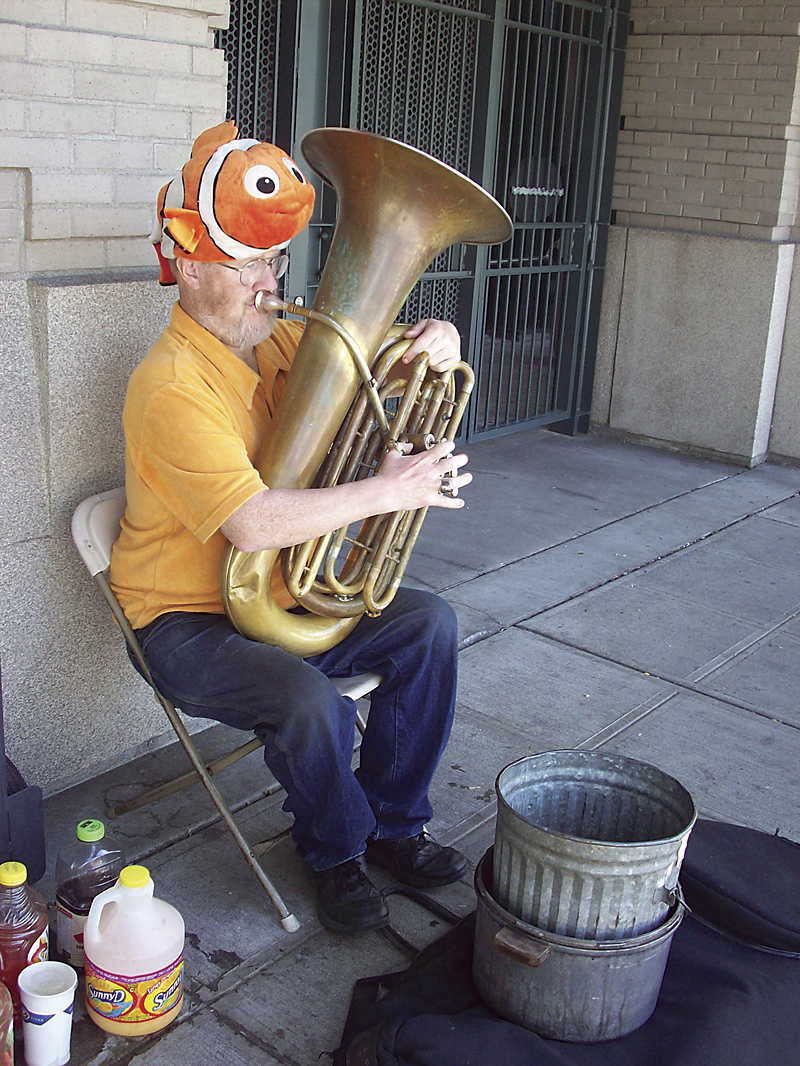Timothy Ray Brown, a former Seattle resident, is the first person in the world cured of HIV.A Seattle organization hopes to develop a cure for HIV with the help of a new $20 million federal grant.Many researchers had abandoned hope for finding a cure until 2008. Then a former Seattle man, Timothy Ray Brown, his body wracked by leukemia and infected with HIV, underwent an experimental stem-cell replacement operation in Berlin.Brown was cured of leukemia and, for the first time in history, HIV. Even the most sensitive tests and biopsies have failed to detect the virus in his body.The problem is that the procedure used on Brown is potentially fatal and hard to replicate. Of the 13 million stem-cell donors Brown’s doctor scanned, 232 were tissue matches. Exactly one also had a rare mutation that makes 1.5 percent of Caucasians immune to HIV. All of Brown’s blood-producing cells were replaced with cells from the match.Today, the Fred Hutchinson Cancer Research Center announced it will receive a $20 million federal grant to develop a cure for HIV. The center will lead a national team of researchers, including teams from UW and Seattle Children’s Hospital.The researchers hope to develop a way to genetically engineer a person’s own cells so they become immune to HIV. Their goal is to find a way to eliminate CCR5, a cellular “door” that the virus uses to enter cells. It’s the same mutation that Brown’s donor had. So instead of completely replacing infected patients’ cells with donor cells, they hope to change patients’ own cells so they have the mutation. It’s an idea that’s been around for a while, but which received new attention and momentum after Brown’s case became public.”What we really have are all the pieces to the puzzle, and the trick now is putting a very large number of pieces together to make this cure for HIV work,” said Keith Jerome, a researcher with the Hutchinson Center.The center is also examining ways to use special proteins to zero in on the virus, no matter where it lurks in the body.Researchers want a cure to be as simple as possible so it will be available to millions of infected patients in less affluent countries. “This could really be tremendous game changer for the developing world,” Jerome said.Follow The Daily Weekly on Facebook and Twitter.
More Stories From This Author
Governor announces rebate program for EV purchases
Washington is the first state to prioritize low-cost leases for electric vehicles.
By
Bailey Josie • April 30, 2024 3:12 pm
New state legislation fights catalytic converter theft
Governor Jay Inslee signed a bill on March 26 adding new regulations to the purchase and sale of catalytic converters…
By
Benjamin Leung • April 8, 2024 1:55 pm
Kirkland officer steps down following investigation into bikini barista incident
A Kirkland police officer accused of exhibiting odd behavior toward bikini barista employees while using a city-owned vehicle has resigned…
By
Cameron Sires • April 5, 2024 10:09 pm





